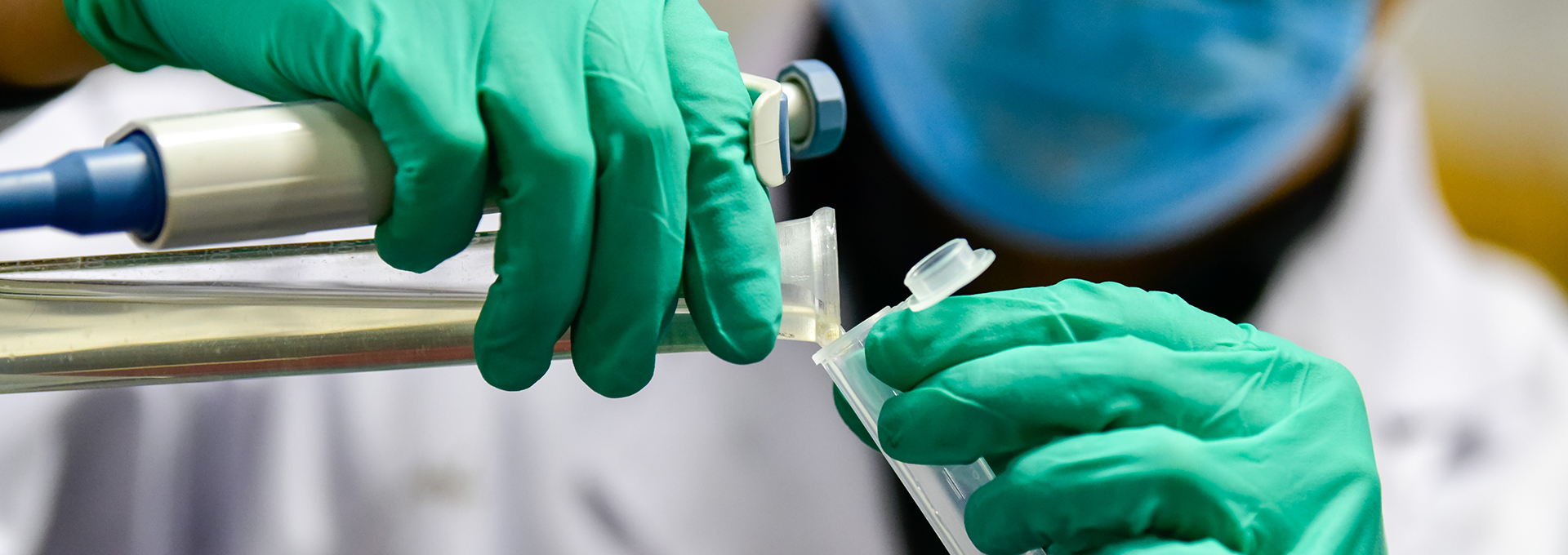The Space Environment Simulation Research Infrastructure (SESRI), also known as the Ground-based Space Station, is the first national mega-science project in the aerospace field approved by National Development and Reform Commission (NDRC), PRC. It is also a user facility open to the global scientific community. By simulating various space environmental conditions on Earth, such as vacuum, high and low temperature cycling, particle irradiation, electromagnetic radiation, dust, atomic oxygen, weak magnetic fields, and plasma, the facility enables studies of the effects of the space environment and the underlying physical mechanisms on spacecraft materials, devices, and living organisms. These simulations support the development of highly reliable, long-lifespan spacecraft and long-term human missions in space. The facility was approved by the NDRC in 2015, with construction commencing in 2017. It involved a total investment of nearly RMB 2 billion and spans an area of 350,000 square meters. The facility successfully passed national acceptance in February 2024 and is now open to both domestic and international users.

It has served more than 150 users and provided testing services for the research and development of more than 1,000 types of aerospace components, supporting the smooth implementation of many major space projects in China.

